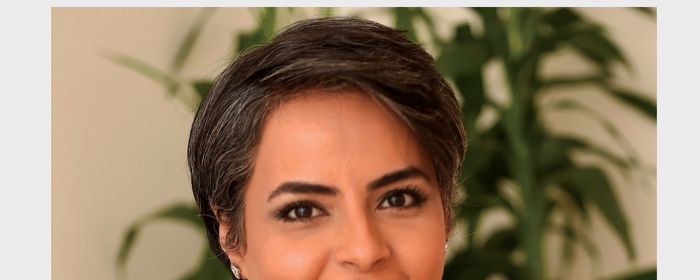This opinion piece is based on the conversation between Ms. Alyaa Rajab, an independent HR consultant, and Ms. Assil Homayed from KPMG in Kuwait.
“Many people see HR as an administrative department and not as much as a strategic function.”
This was the first of many takeaways from our long and free conversation with Ms. Alyaa Rajab on the overall HR ecosystem in Kuwait and how HR functions can become Pathfinders.
Ms. Rajab is a seasoned HR professional, with experience in various government and private organizations across Kuwait.
Unlike the usual boardroom set-up, the conversation with Ms. Rajab happened at a coffee shop as we set out to learn from her experiences in the industry, the hits and the misses, and what HR functions must aim for today.
Her choice of drink was Americano, which meant that the session was going to be insightful.
The first thing we tried to understand was if there was a fixed formula to having successful HR strategies.
“I worked in Banking and Investment, F&B, and Hospitality. Each sector is completely different, but all the sectors I work for have needs. So, you must discover their needs first, know what their business is and what their goals are. Only then you can develop the strategy that you can follow. Yes, there is a certain overlap, but each sector is different and their demands differ widely,” she responded.
Ms. Rajab wanted us to look at HR functions through a different lens. To become an HR Pathfinder, one must look at the functions from the perspective of a strategic department which is responsible for the growth and development of human capital. While this change is often challenging to understand and implement, the functions which push through this phase come out stronger and witness a positive transformation.
Ms. Rajab took us through a transformation journey and cited an example from her work experience, where she changed an organizational policy that had existed for nearly three decades.
She described the entire process as a fusion of people and technology. While there will be resistance towards change, having an automated system will eventually ease the initial friction required to bring the necessary change.
Continuing the topic of automation and digital transformation, Ms. Rajab told us, “If we compare what we had 15 years ago to what we have now, there is a huge difference. Now you can apply for training sessions through your mobile phone. You can also request employee/salary certificates using your phones. I can see many organizations using technology to their advantage. However, there are a few instances where, despite the investments in technology, the senior management is often resistant towards it,” said Ms. Rajab.
We picked up the thread from there and asked some questions around generation gaps and the reluctance in senior management towards new-age practices when it comes to HR functions.
“This is where a good HR person becomes a leader,” Ms. Rajab replied.
“The HR person needs to be smart to get the buy-in from all the key persons to convince the Management because, sometimes, the Management can be rigid with their thinking. They don't want to invest or spend a million on a system that they don’t see the benefit of,” she said.
Ms. Rajab added that Pathfinder HR functions must create used cases and ROI models to make the Management understand the benefit of putting in place an automated system. She stressed on the fact that the team must encourage the senior management to use the system to become role models for the others.”
While Ms. Rajab was all out for automation, she also spoke about how HR functions must utilize technology better.
A report might be simple or complicated but it should always illustrate what its benefit is. She believes that HR functions are generating reports but there is no follow-up action plan. HR Pathfinders must follow up with a proper action plan from each report and strive to be part of boardroom discussions.
The conversation with Ms. Rajab helped us understand that HR functions can become much more than what they are today. Although there is a long way to go before they can reach that level, “We’re there, we’re getting there,” concluded Ms. Rajab.
Get in touch
Connect with us
- Find office locations kpmg.findOfficeLocations
- kpmg.emailUs
- Social media @ KPMG kpmg.socialMedia








